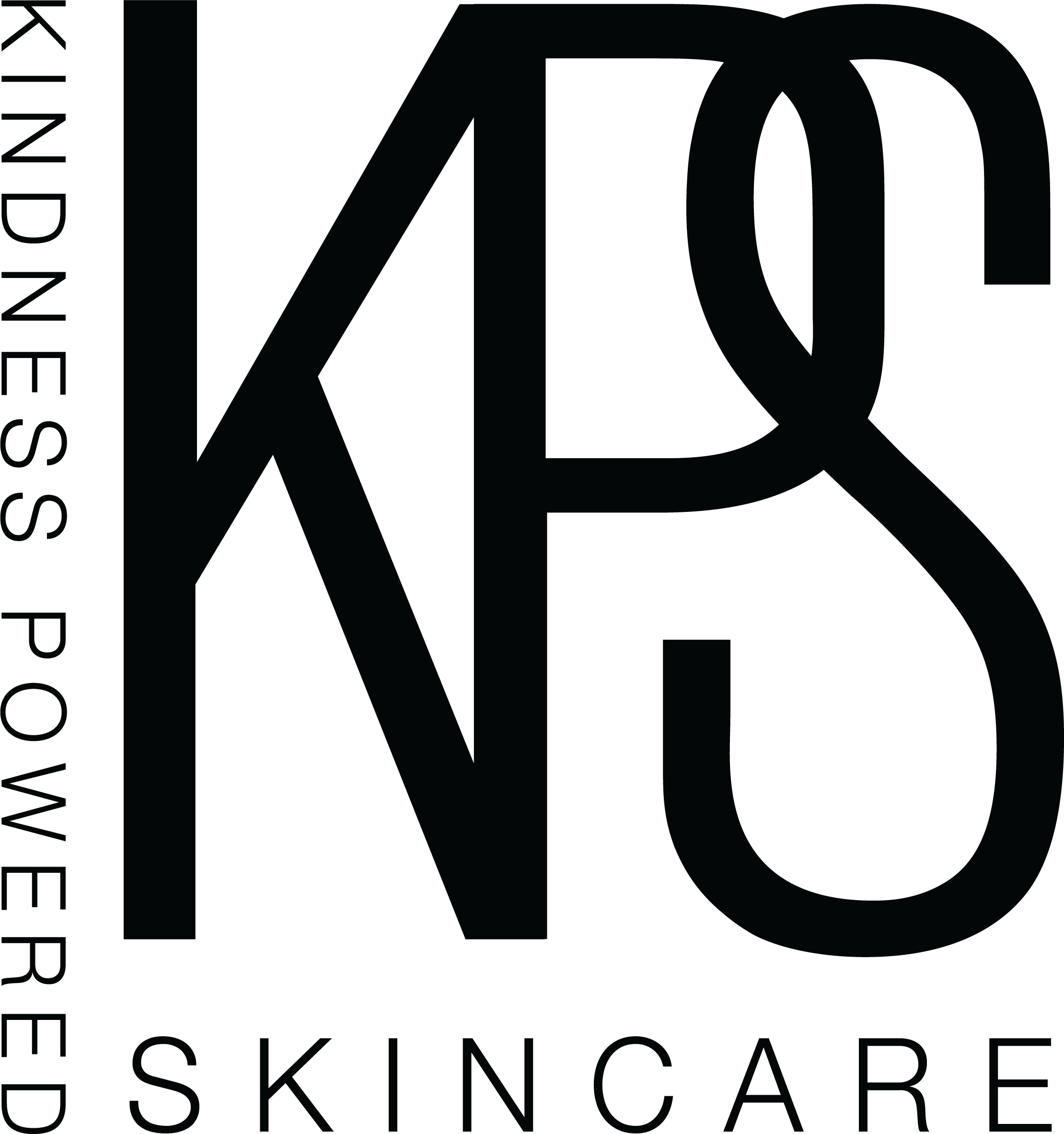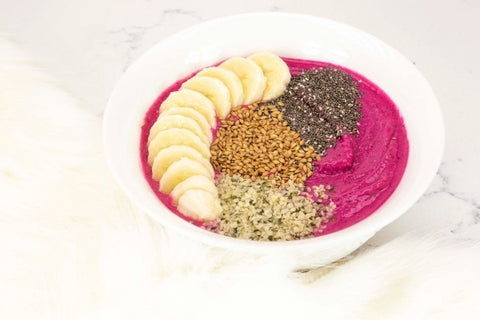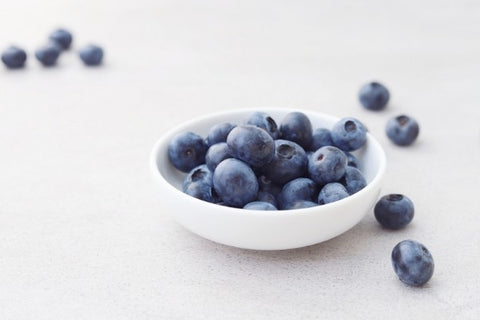Old habits die hard, right?
Many of us have favorite skincare and beauty products that are our go-to’s. Unfortunately, the drugstore staples that we have been using for years could actually be doing more harm than good. One of the things that we encourage women to focus on when it comes to their self-care journey is to get educated about the products we apply to our skin and put into our body. After all, when you know better, you can do better!
Did you know that your skin is your largest organ, and it only takes 56 seconds for it to absorb product? The choice is up to you whether that product is beneficial or harmful. Many of the ingredients in products that are sitting on your vanity can also be found inside the engine of your car … yuck!
Transitioning into clean skincare is one of the most effective ways you can improve your overall well-being or jump start your focus on self-care. But how do you know which ingredients to avoid in the products that you buy? Here’s a roundup of some of the most common harmful ingredients found in cosmetics and skincare today:
- Parabens: This preservative is used in skin-care products to prevent contamination of products while they are sitting on the shelves and have been linked to endocrine system, reproductive and developmental disorders.
- Formaldehyde: A proven human carcinogen, formaldehyde is known to be an asthmagen and neurotoxicant.
- Petrolatum: This mineral oil jelly is often used in a variety of moisturizers as well as hair care products. However, if it isn’t refined, petrolatum can become hazardous to your health.
- Phthalates: Often found in nail polish, hairspray, deodorant and perfume, phthalates have been known to cause endocrine disruption, headaches and respiratory problems.
- Synthetic Fragrances: Widely used, synthetic fragrances are among the top five contenders that cause allergies, including causing rashes, irritation and links to cancer and nervous system issues.
- Propylene Glycol: Typically used as a skin-conditioning agent, propylene glycol has been linked to allergy-induced conditions like dermatitis and hives.
- Sulfates: Commonly used in cleansers and shampoos, sulfates have been shown to cause or contribute to skin irritation, and can be a major disruptor of the skin’s natural oil balance and have also been linked to acne.
- DEA: Diethanolamine (DEA) can be found in moisturizers and sunscreens to help make products creamy or sudsy. DEA is also found in soaps, cleansers and shampoos and have been found to be carcinogenic and cause skin irritation. Prolonged exposure to DEA has been found to cause serious damage to health by the European Union.
- Oxybenzone: This common ingredient is one of the highest risk chemicals found in sunscreen. Studies have shown that oxybenzone metabolites may disrupt the hormone system.
- Coal Tar Dyes: A byproduct of coal processing,coal tar dyes are a known human carcinogen, and is found in many hair dyes.
- BHA and BHT: These chemicals can be found in lipsticks and moisturizers, and have been reported to produce liver damage and interfere with thyroid hormone levels. BHA and BHT can also be found in exfoliators and some fragrances.
The Environmental Working Group or EWG (link here if you would like to link to the website: https://www.ewg.org/) is also an excellent resource to help you evaluate how unhealthy your everyday skin care and beauty items may be. The EWG’s focus is to help empower people to live healthier lives, and one of their key issues is to promote cosmetics that are free of harmful chemicals that have been linked to cancer and reproductive harm. You can check their website to see if the products you use are EWG Certified™ here (link https://www.ewg.org/ewgverified/personal-care.php).
Start your transition in to clean skincare now! Empty your drawers, makeup bags and cabinets to see if any of your everyday products contain harmful ingredients and tell them good-bye. It’s a great first step on the journey to a naturally beautiful you!





Comments (0)
There are no comments for this article. Be the first one to leave a message!